When we consider the evolution of the fashion industry, it’s incredibly fascinating to see how far we have progressed in terms of materiality and sustainable fashion. From fibre innovation to artisanal labor, designers have incorporated facets of renewable methodologies into their business model for some time. Read below to learn what sustainability really looks like for us here at Saako.
1. Natural raw materials
It is the essence of how all Saako products get their start.
Tirelas, the word for pieces of string fabric in Portuguese, was discovered in an old market factory in the early days by our head designers Inês and Joana. The fabric is made from cotton, and is therefore compostable and washable. Existing in a multitude of bright colors, tirelas become one of the main materials for Saako accessories – which are loved worldwide for their seamless blend of edgy aesthetics and authentic feel.
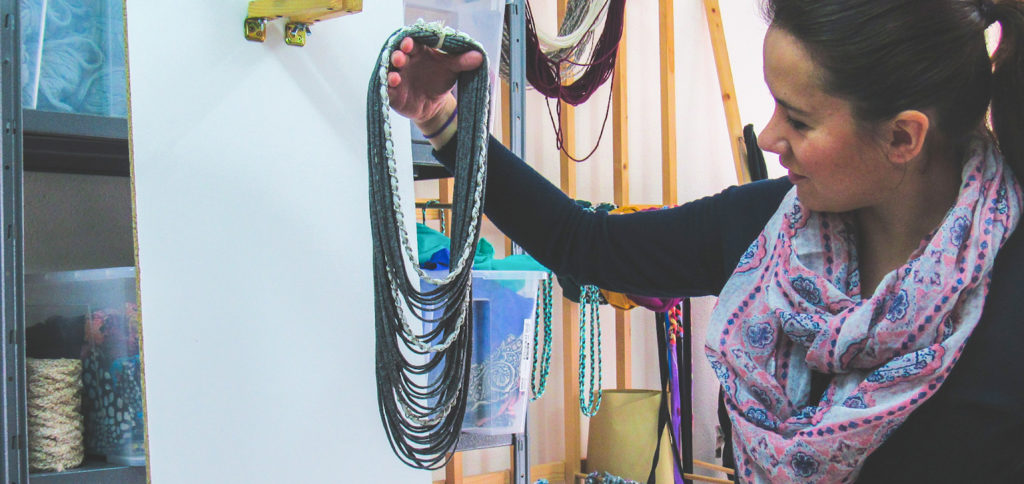
2. Zero-waste process
Saako is a big believer in a zero-waste production cycle.
In order to select the appropriate suppliers, Inês and Joana visited various factories all over Portugal and realized there was a substantial amount of fabric being discarded every day headed for the landfill. Most of the discarded pieces were in great shape and had the potential for upcycling.
As a result, the designers started saving the industrial cutting edge leftovers, mending them to breathe new life into these fabrics. They believe it was high time that someone started thinking about wastage and solutions, and they committed their efforts to doing more with less – transforming pre-consumer waste into stunning new accessories.
3. Supply chain recognition
In addition to caring for the planet through thoughtful design, Saako produces products in-house and locally, allowing for full control over the supply chain process and labor conditions. At that time Saako got its start, many skilled seamstresses in Portugal were laid off merely due to their old age. Amazed by their advanced sewing skills, Saako decided to hire them immediately. Respecting and acknowledging the craftsmanship in its supply chain, the brand highlights a complex product concept that relies on detailed hand skill sets rather than external machinery production.
“The success of a dress depend[s] on the quality of the workmanship, attention to detail and above all the beauty of the material.”
– Christian Dior
When consumers move away from fast, cheap, and disposable trends, manufacturers are faced with an increased collective demand to adopt sustainable practices. For us here at Saako, sustainability in fashion means designing with production traditions that keep people at the center of our focus. It means that authenticity is our north star and that we are constantly in a state of constant learning, as we continue to evolve our sustainability and integrate them within the Saako brand narrative.
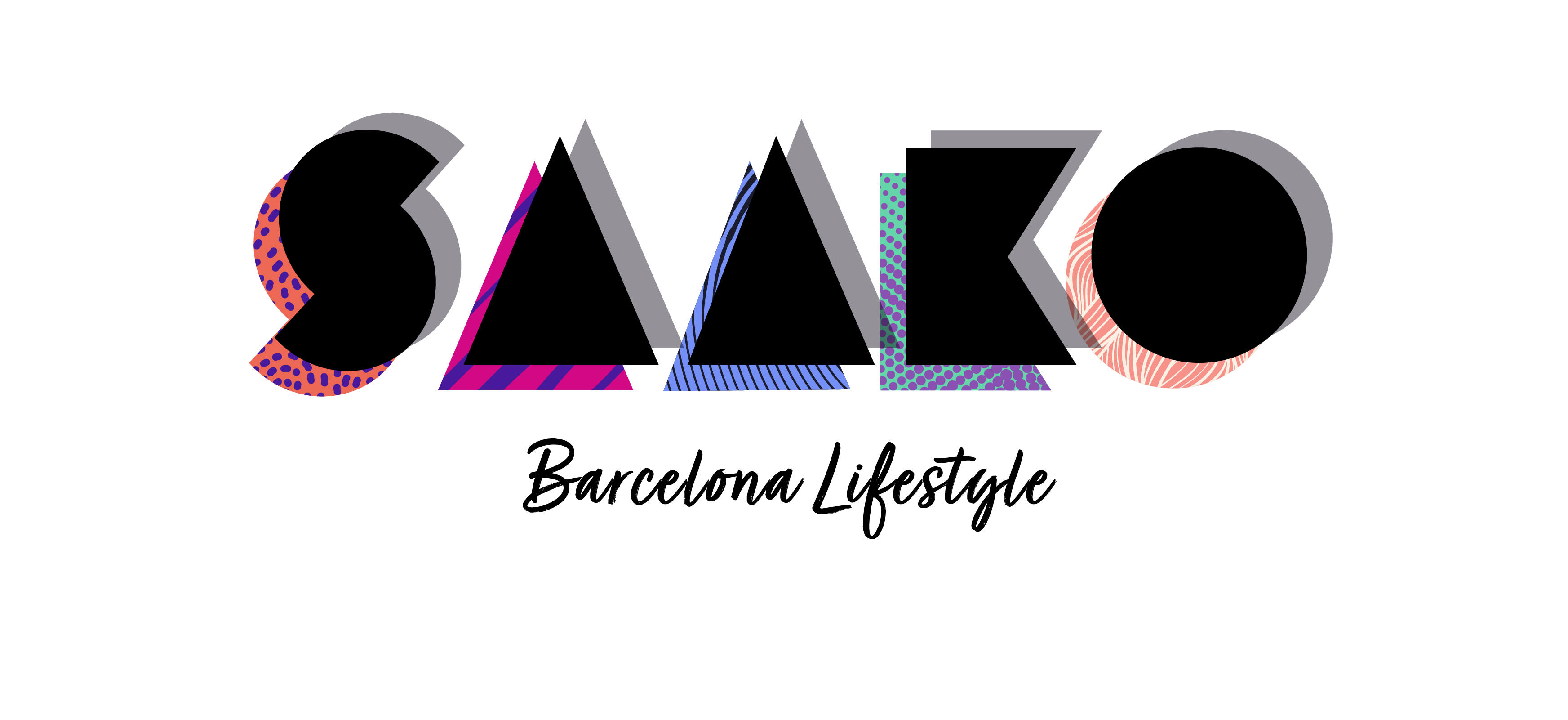
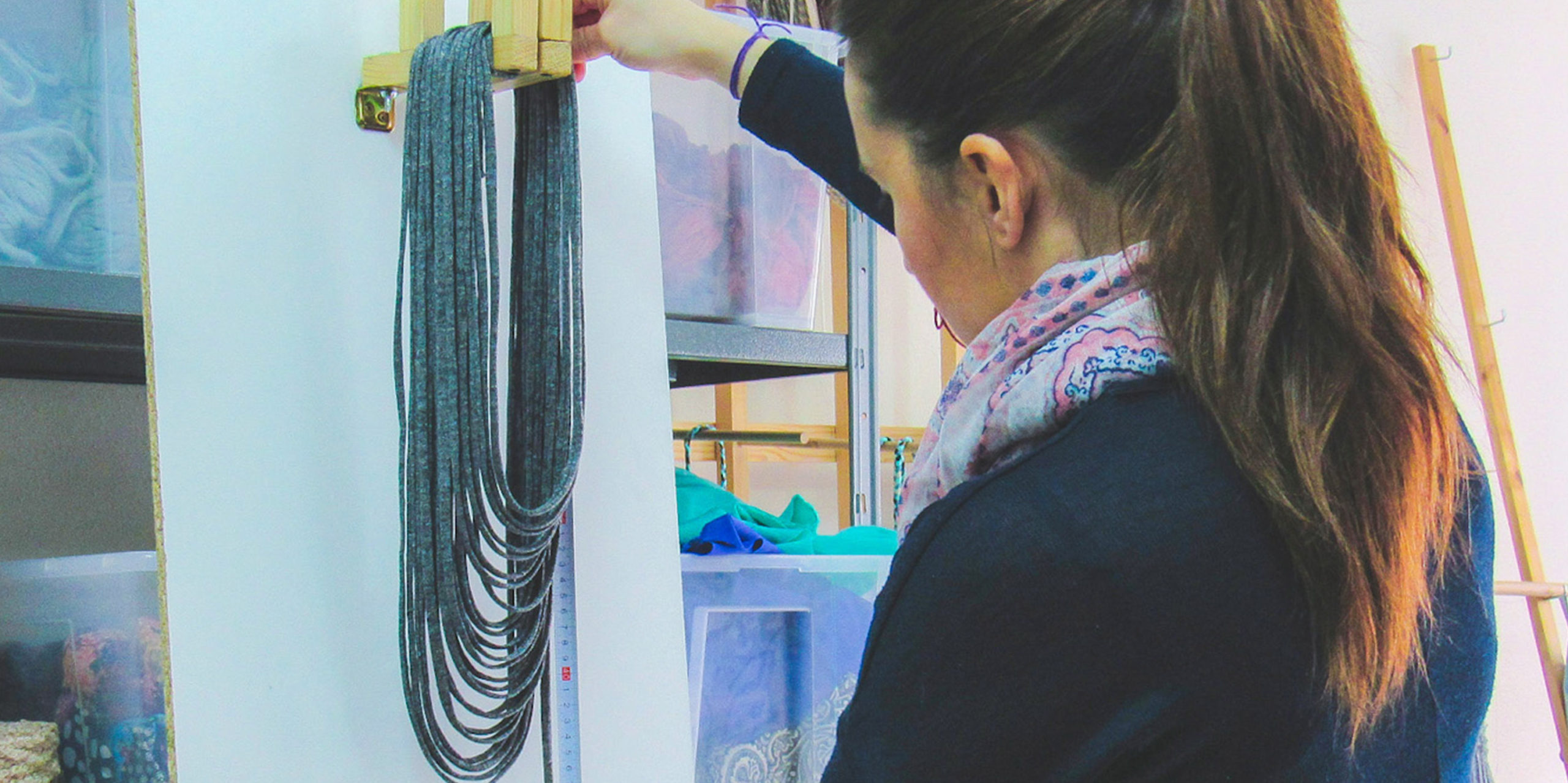
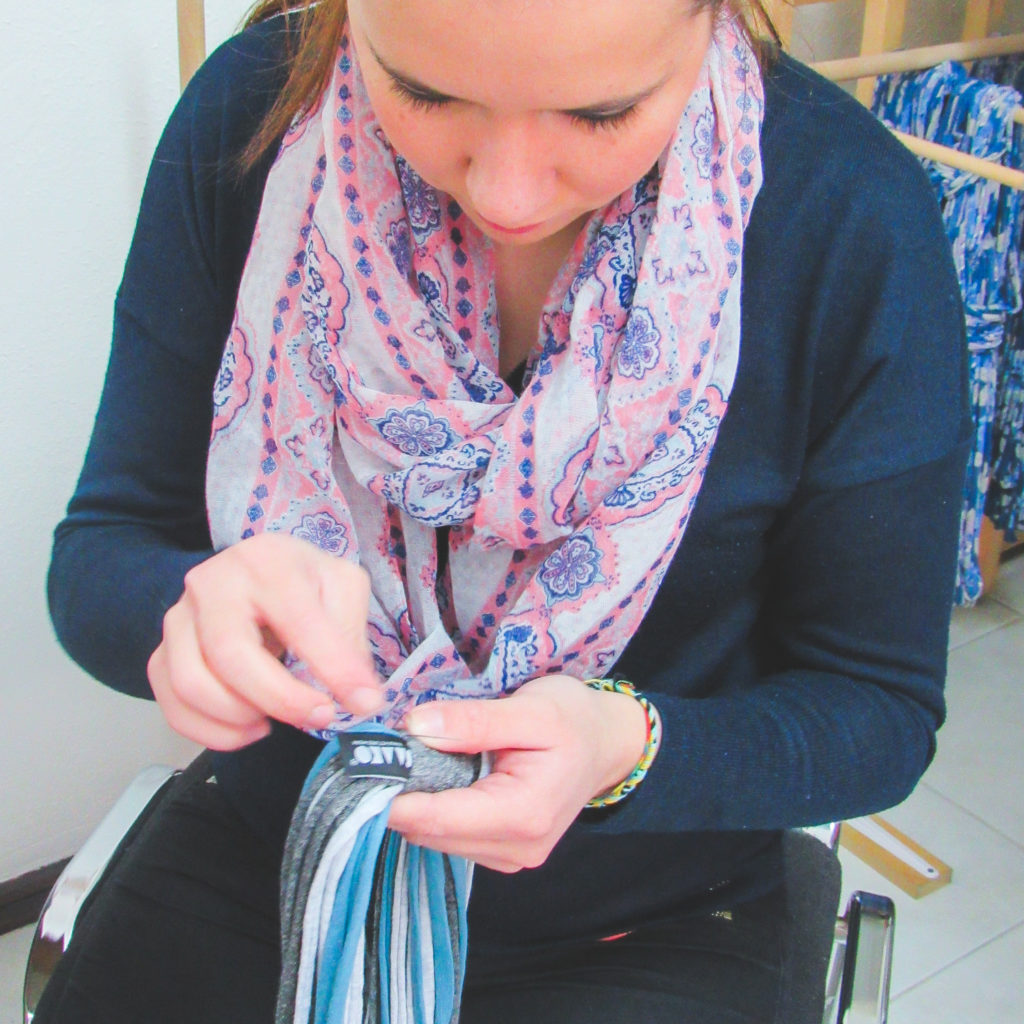
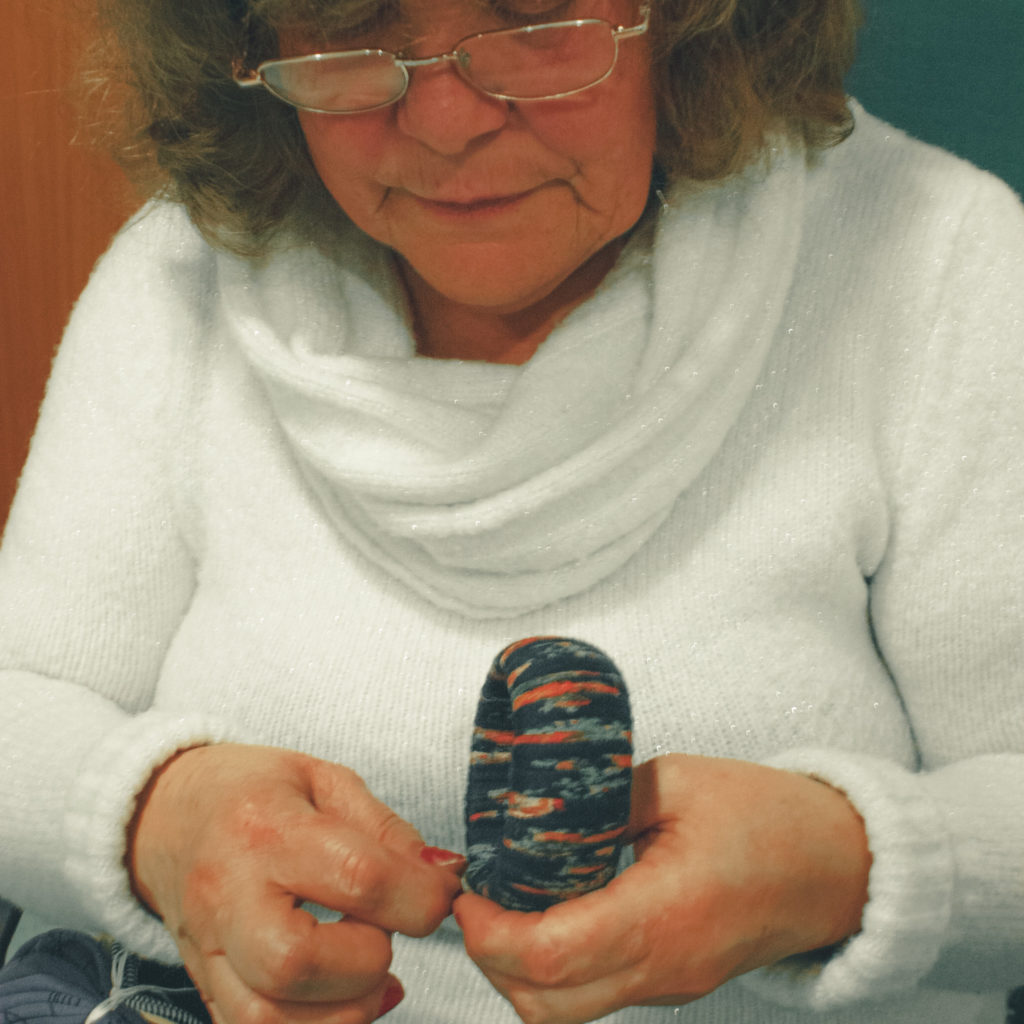





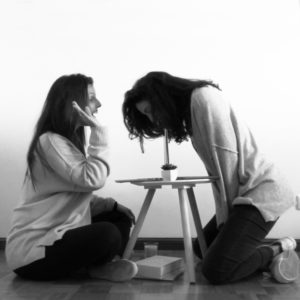

Leave a reply